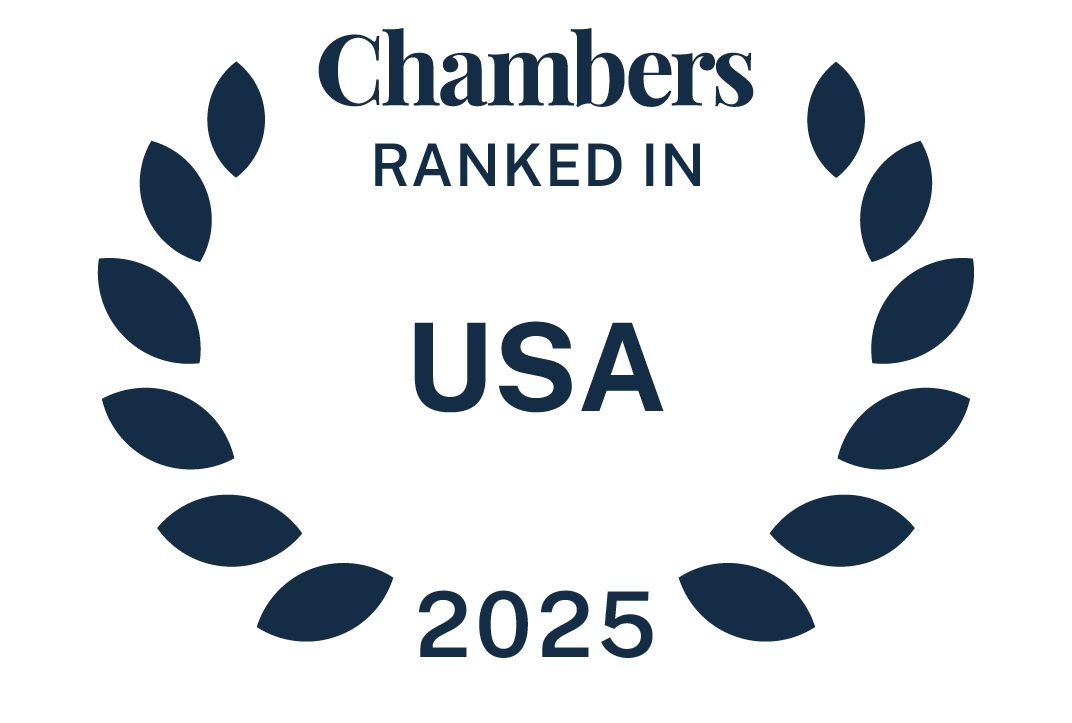On Sept. 22, 2014, the U.S. District Court for the Northern District of California issued an important opinion regarding antitrust standing in Los Gatos Mercantile, Inc. v. E.I. DuPont de Nemours & Co. (DuPont), No. 13-cv-01180-BLF (N.D. Cal. Sept. 22, 2014). The DuPont opinion is one of several recent opinions handed down on the topic by the Northern District of California in cases involving price-fixed component products. In DuPont, the U.S. District Court for the Northern District of California granted in part and denied in part the defendants’ motion to dismiss for lack of constitutional and antitrust standing.
Much of the court’s analysis focused on whether the plaintiffs pleaded sufficient facts in their complaint to allege to demonstrate antitrust standing for certain claims. The court held that the plaintiffs failed to establish antitrust standing. The court analyzed antitrust standing using a well-known five-factor test promulgated by the Supreme Court in Assoc. Gen. Contractors v. Cal. State Council of Carpenters (AGC), 459 U.S. 519 (1983).
To assess standing under AGC, courts consider: (1) the nature of the alleged injuries and whether the plaintiffs were participants in the relevant market; (2) the directness of the alleged injury; (3) the speculative nature of the harm alleged; (4) the risk of duplicative recovery and (5) the complexity in apportioning damages. Id. at 536-39.
Because the plaintiffs alleged a Sherman Act Section One claim for which damages are not available, two of the factors—risk of duplicative recovery and complexity in apportioning damages—did not apply. DuPont, No. 13-cv-01180-BLF, at *8. Thus, the court considered whether the facts pleaded by the plaintiffs demonstrated: (1) that they were participants in the relevant market; (2) that they suffered a sufficiently direct injury and (3) that the harm alleged was not speculative. Id. at *11-14.
First, the court found that the plaintiffs did not plead they were participants in the relevant market. The plaintiffs’ complaint listed a broad array of products containing the price-fixed component. Id. at *11-13. Although courts have applied different tests—such as whether the market for the price-fixed component and the finished product were inextricably linked or whether the plaintiffs alleged they were participants in the same market as the price-fixed component—to analyze this factor in different price-fixing litigations, the DuPont plaintiffs failed to meet any of these tests because they listed such a broad array of products. Id.
The court also emphasized that two recent price-fixing cases analyzing antitrust standing focused on the fact that the price-fixed component could be physically traced through the supply chain because they were “identifiable, discrete components that did not become indistinguishable parts” of the finished product. Id. In contrast, the price-fixed component in DuPont was a chemical ingredient. The chemical became an indistinguishable part of the finished product. Id. The plaintiffs alleged that they were able to physically trace the price-fixed component through the distribution chain. Id. In contrast, in past decisions, courts have found the mere allegation of traceability to be sufficient. Id. However, the DuPont court stated this allegation [...]
Continue Reading
read more


 Subscribe
Subscribe
